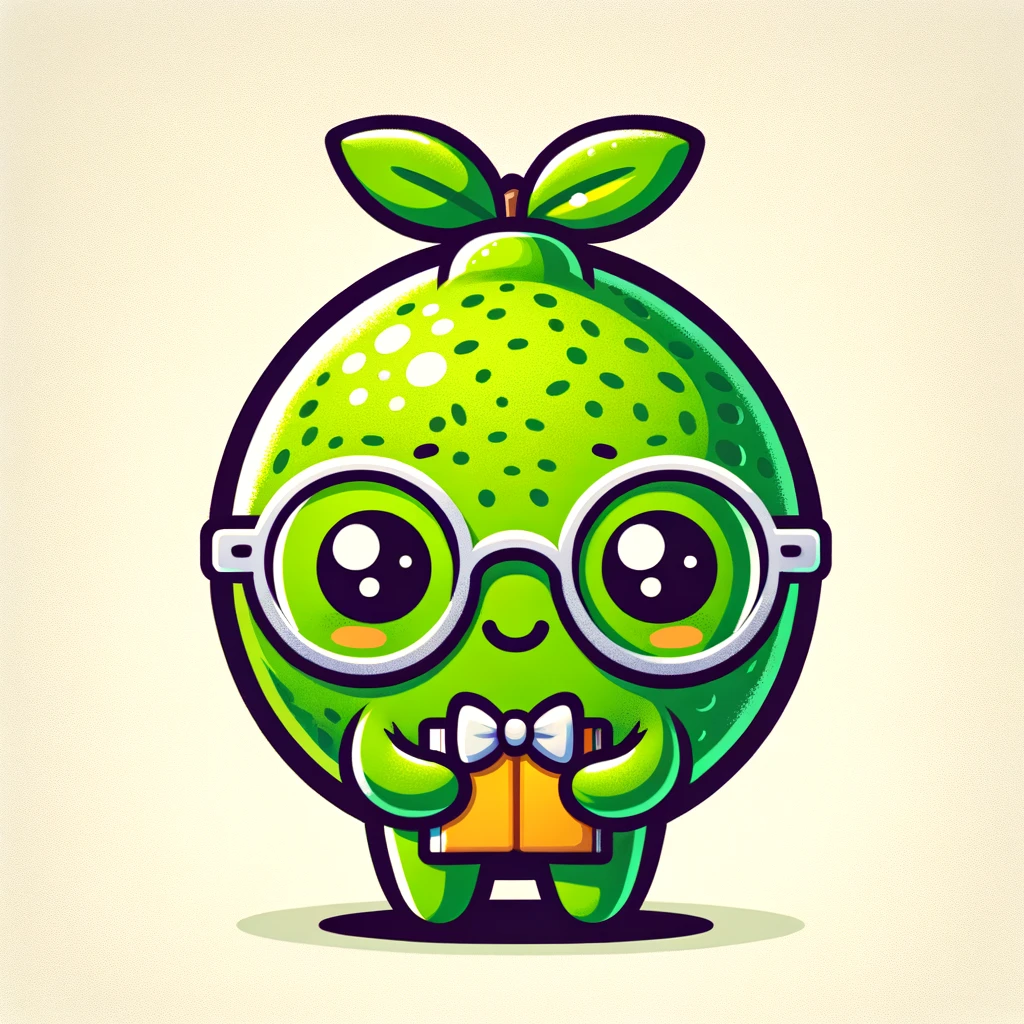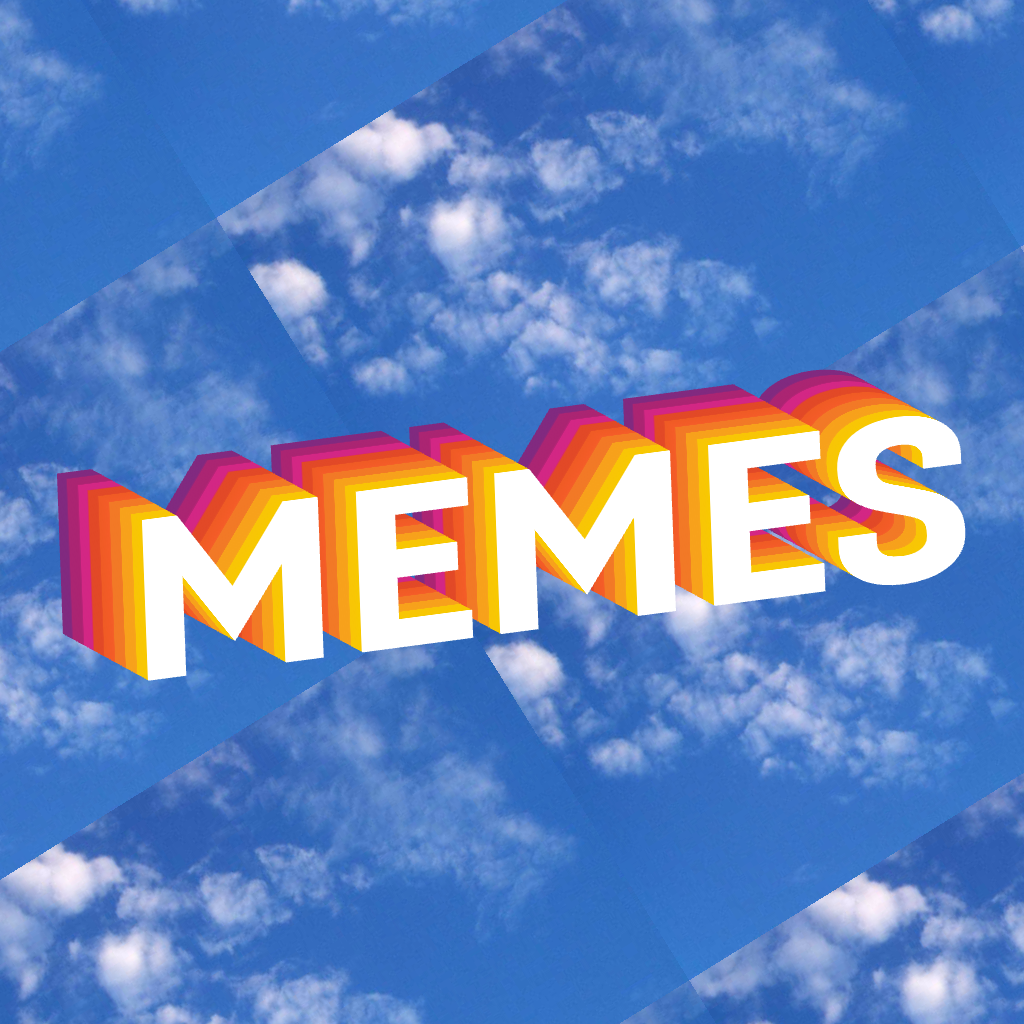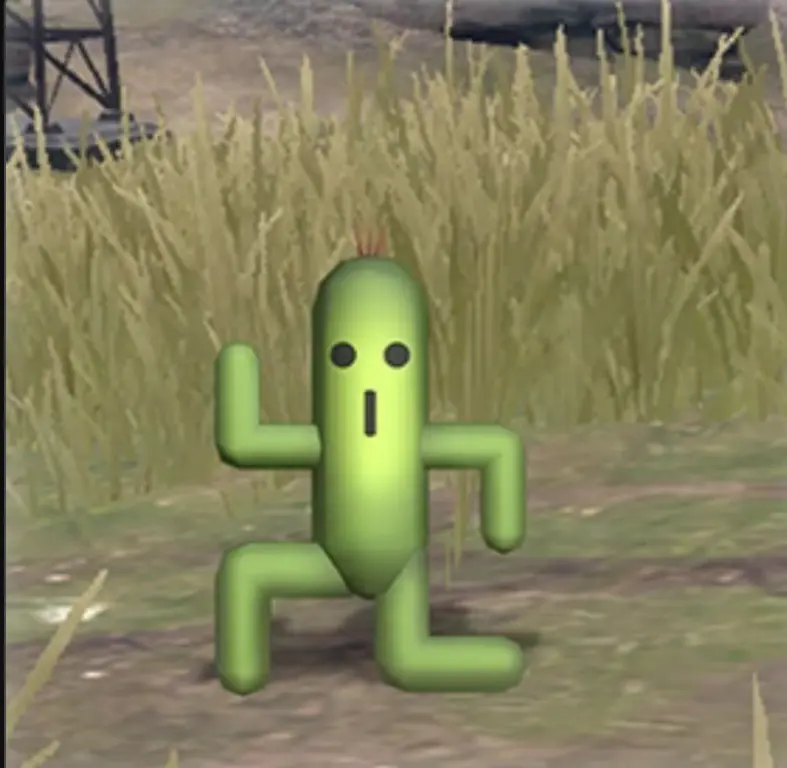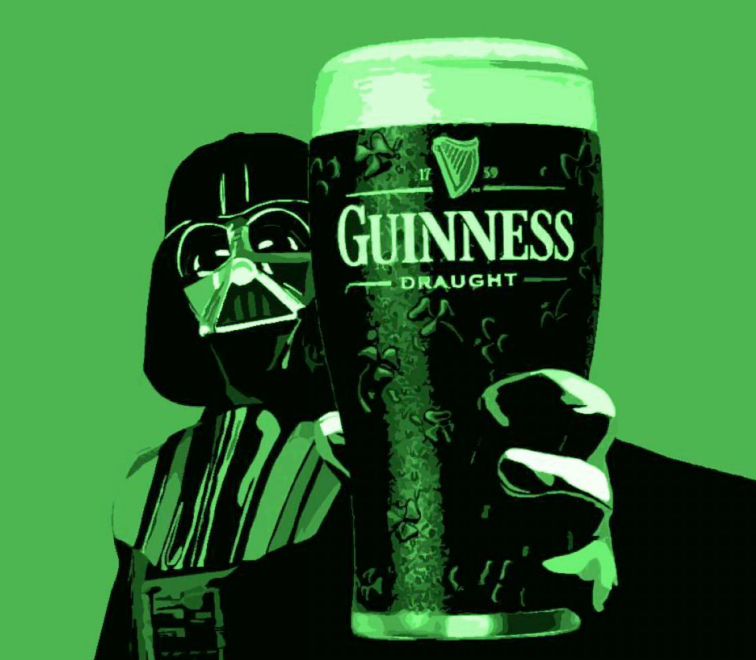Catherine McCoid and LeRoy McDermott hypothesize that the figurines may have been created as self-portraits by women.[12]This theory stems from the correlation of the proportions of the statues to how the proportions of women’s bodies would seem if they were looking down at themselves, which would have been the only way to view their bodies during this period. They speculate that the complete lack of facial features could be accounted for by the fact that sculptors did not own mirrors.
Water
Yeah, I saw that rebuttal and it seemed pretty strange to me.
They couldn’t have been sculpting from their own perspective, because they technically had access to viewing themselves from a third-person perspective?
We technically had access to drawing with linear perspective all along, but somehow until only a few hundred years ago, this is the best we could do:

It just seems like a very modern-biased way of thinking about depiction. Mapping objective reality (rather than subjective perception) into art is a relatively new concept.
It’s missing some of the argument. Part of the idea is pre writing humans passing down successful pregnancy and reproductive information. Women obviously died from childbirth back then as they do now. One theory is that these women were trying to pass down some information of perhaps considered successful childbirth.
There have been times in relatively recent history where incorrect information about pregnancy was being passed down, plus a larger woman would be getting more nutrients in that time than malnourished women. An easy conclusion to make may uave just been to eat alot and be larger.
I mean, that lady’s crotch is bigger than her tits, she’s not exactly proportional from any perspective. I’m gonna go ahead and say that maybe we have no idea who made it and any argument concerning authorship is pure speculation.
deleted by creator
Catherine McCoid and LeRoy McDermott hypothesize that…
Speculation and a hypothesis are two very different levels of certainty in a claim. I suppose, though, that this area of research is somewhat forced to use more certain language than other areas would be comfortable with, given the same quality of evidence. Recognize that “we’re just guessing here” also applies to the claim in the meme.
I’m using abnormous from here on out
I’ve just found it in the dictionary! Shut my mouth!


Yes yes, “ah tah.”
I’d say that’s not what “abnormous” means, but I like your implied definition better.
deleted by creator
I feel like with enough usage, we could force the definition to shift.
I’m going to try and make fetch happen!
I mean that’s literally how it works yeah, the dictionary just observes how people use the words, they don’t define them themselves
That’s it. I’m invoking the clause.
Prepare yourselves, millennials, we’re not done making quirky headlines yet.Article IV § 2 of the generational edict asserts that every generation holds the unilateral right whimsically adopt cultural relics and insist without proof that they’ve always done things that way to other generations.
From now on: everything cool is fetch; it’s not a glow-up, someone has ‘become fetch’; ✘ you got that drip, ✔ you’re so fetch.
I just think they’re neat
Big booba good
“art”
deleted by creator
I bet you a urinal that you’re wrong.
That’s funny. The fountain is a perfect example of why AI" art is not art
Why do you interpret Fountain as being an example of why AI generated art is not art?
I interpret it like this -
Spoiler tag, so my thoughts don’t influence yours
Fountain was a reaction against artistic snobbery, and it kicked off a movement of people who create art, not for review boards, nationalistic purposes, or rich patrons, but because they themselves find it appealing - the whole ‘art is in the eye of the beholder’ thing.
But I still regard it as art. Someone had an idea, and used tools (“AI”) to execute that idea. Sure, those tools remove certain kinds of skill from the equation (but they do require others, such as prompt engineering), and image generations definitely copy from others - but so do artists.
If someone makes something that pleases them, who am I to say it’s not art?Because AI art, as it is commonly used nowadays lacks intentionality (the thing that makes a urinal art).
If I read a book, I used to know that every word was put there by the author with intent. If iI read AI generated text, it doesn’t convey anything that a human has put out there for me to experience. I’m looking at formatted output of stochastic models.
That’s a good point.
I’m thinking of art in the visual sense, and of the creator being a person who is prompting the image generator - which I think meets the intentionality standard.
But, there are a lot of ways folks can use AI tools that aren’t intentional, and I haven’t been considering that.My stance isn’t 100% changed, but I will start considering intentionality.
Related, but maybe not.
Some years ago, I was a slightly older student with a deep well of photography experience entering a newer graphic design program, and some of it seemed amaturish to the point of being a joke to me. My “Digital Art” class was like that, where the average assignment was to cut and paste things together and apply x number of Photoshop filters to them. It was an easy A, so whatever. I remember for one of those assignments, I just took it as an opportunity to digitize some prints I’d made. I had taken some black and white shots at night of a local train station, which is pretty scenic, and considered a landmark. They were moody, and foreboding, also slightly soft because I don’t have great darkroom technique. I pumped up the brightness, threw on like a papercut/rough edges filter, and layered the whole thing with a not transparent blue gradient that made for this sort of cyanotype3 effect. Later that year, we were told to submit something to a student art show, and I printed that assignment out on the student printer. I might have been first, because the printer hadn’t run in awhile, and the blue print head was sort of clogged, so the thing came out this shade of green instead, because the cyan didn’t print heavily. (But it didn’t band, either, so…) I submitted that because I didn’t want to pay to reprint it, and that was that.
At the art show, someone asked me about it, and I told them that I had initially done it this way for a project. I liked the blue for some reason I now forget, but then it printed incorrectly, and I liked that too, so I didn’t reprint it. I may have even said something cute about not being able to intentionally reproduce that print failure (they cleaned the machine right after my ‘failed’ print), so it’s sort of bespoke.
A peer later asked why I didn’t just say that was intentional, and make up an excuse. And I sort of lost respect for him. Because that wasn’t my intent.
Which is to say I guess I respect even unintentional screw ups, so long as their presentation isn’t wrapped in falsehoods.
A book that is AI generated that was minimally edited and not really written by the person on the byline, then passed off as human work is not art, it’s just fraud. An AI generated book created with prompts from someone who knows how to write, then edited well to eliminate the AI weirdness, and then indicates the writing was largely done by LLM’s - well, I guess I think that’s art.
AI art passed off as traditional art, or AI art that’s not intentional and passed off as intentional is a fraud.I guess that’s how your very good point fits in my conceptual framework. If it’s not offered in good faith as art, and explained as art, then it’s fraud. But AI art offered in good faith is art.
Edit:
I’m sorry some folks are downvoting you. You’ve been respectful and open minded our whole interaction.But how would you know an AI generated the text? Some current technology isn’t 100% perfect, but they’re trained to recreate human linguistic patterns based on actual human inputs. If we had a model that was only trained on the “great works” of history I wonder how difficult it would be to determine if an AI wrote it or a human.
Why would you want that, except for maybe putting authors out of a job while still making money from regurgitated drivel?
I don’t want to read AI generated text, because that doesn’t put me into a state where an author communicates with me.
I never said I wanted it, I was more curious about how you would know that there was intent or not if you couldn’t tell an AI made it.
If you enjoyed what you read you might believe there was intent when there really was none and I don’t know if that really matters. Your interpretation of the media could still be important to you if it had any impact on you.
Absolutely agree. No human made, not art.
deleted by creator
They’re absolutely art. The fact that we’re arguing over it at all is proof enough of it. It’s a new medium.
I’ve seen stable diffusion images better than most art.
🤮
Damn, getting out-done by a thinking rock really hits you hard huh?
People placing no value on human experiences and emotions makes me disgusted, if that’s what you mean
Define art? I once saw a piece of fruit in a cage that was supposedly art. All seems like bullshit to me.
deleted by creator
Is the prompt used not that then?
Seems the process of creating the correct prompt fits your definition.
So the ai is more like the sculpting tools or paint right?
deleted by creator
Digital art is a thing. Just because something takes text input and not a mouse doesn’t change the fact you are using a tool to create art.
deleted by creator
We’ll have to agree to disagree because I think prompt crafting is a skill itself.
So do you not consider photographers as artists? They don’t create the image itself either.
deleted by creator
deleted by creator
Been thinking about it quite a bit
I’ve come to the conclusion that to me, art is a play on your senses.
A painting plays with your sight
Music plays with your hearing
Food plays with your taste
Dance plays with your sense of balance
Poems plays with your mind
It’s not art if it’s not handmade by a human
/s
It’s art because it’s intentional.
The point is to make you think it’s bullshit. That was the artist’s intent.
AI has no intent. The person prompting it might… But usually it’s not intent so much as “I tried until this was pretty”
Which is still art - just not noteworthy.
So it is art then due to the prompt engineering.
So if the artist’s intent was to create something that is art but not seen as noteworthy to people of your opinion it’s art right? As that was their intention.
Yes. That’s why I said it was art. That was the closing statement.
But usually it’s not intent so much as “I tried until this was pretty”
I mean, to a large extent, that’s every sketch artist I’ve ever met, but…
One could argue that the viewer also has a role in acknowledging something as art, which would mean that intention is not totally mandatory in the definition.
What would the argument be, exactly? I don’t think I’ve ever heard someone refer to a sunset as a work of art, but only that it was like a piece of art. The only exception have been people who believe in God.
What about a still frame of a sunset, chosen from among the dozens of photos a stationary camera took over the course of a day?
What about an ai generated still of a sunset, chosen from among the dozens produced from a handful of prompts?
…what if that ai frame gets retouched? Where is the line?
A viewer has no role in determining if it’s art. Art is solely determined by an artist intending to make art.
A viewer decides if they like it, decides if they appreciate it and decides what messages they take from it… But they don’t decide if it’s art. Art is what an artist makes.
I think a viewer can decide something is art unintentionally by evaluating it as art. If you need an artist to intend, then I guess the viewer is that artist because they are the one who made it art.
People can decide non-artistic things are aesthetically pleasing and apply the label of art to them but without a creator you can’t have art.
But if it’s a good a human designed - that designer had artistic intentions.
by your logic I declare everything I create with stable diffusion to be art :)
Everything you create? When I win the jackpot on a slot machine I didn’t create the money
By that logic, no art is ever art because no one “created” anything except maybe god, or something?
If I used a tool to make the pixels light up in a new way, how is that different from Pollock flicking a brush to get the drops the way he wanted? His method is just as stochastic and randomly generated as mine.
Correct!
I find a 5 year old’s doodles more interesting and higher quality than anything you’re making with SD but it’s still art.
I had to look up the word adnormously. Idk if that word fits nothing irregular about big ole titties
Our biological weakness for an ample bosom transcends the ages.

You like it?
It’s very generous.
Your turkey appears to be missing it’s head
I’ve always liked me a big woman, but those ancient boys may have liked too big of a woman. Who am I to judge, though? Probably sign of a real good harvest, and I bet that made everyone horny back then.
They were most likely made by women, the proportions make sense when you think of a woman looking down at herself. It is just that when the first men to uncover the artifacts looked at them they said “wow, these were obviously made by men and are ancient porn!”
There are ones that have been found at various stages of pregnancy so were likely an educational tool.
Up until just a few decades ago the hardest thing for people to get was food, not housing as it is (for most of the people on Lemmy) today.
Because of this, being fat was seen in various societies as a sign of wealth or beauty, sometimes both. As late as a hundred years ago the US and Great Britain had “fat man societies”. Here’s an article on that:
https://www.npr.org/sections/thesalt/2016/03/07/469571114/the-forgotten-history-of-fat-men-s-clubs
We can’t really know why the “fertility idol” sculptures look that way, but if you’re an early human spending your life going through cycles of feast and famine as you follow prey animals sticking around with the fat person you ran into was a good way to stay alive.
Maybe women used to be more gigantic back them and we’re nerfed across time or something. I unno. I am no xenobiologist
Motif*










